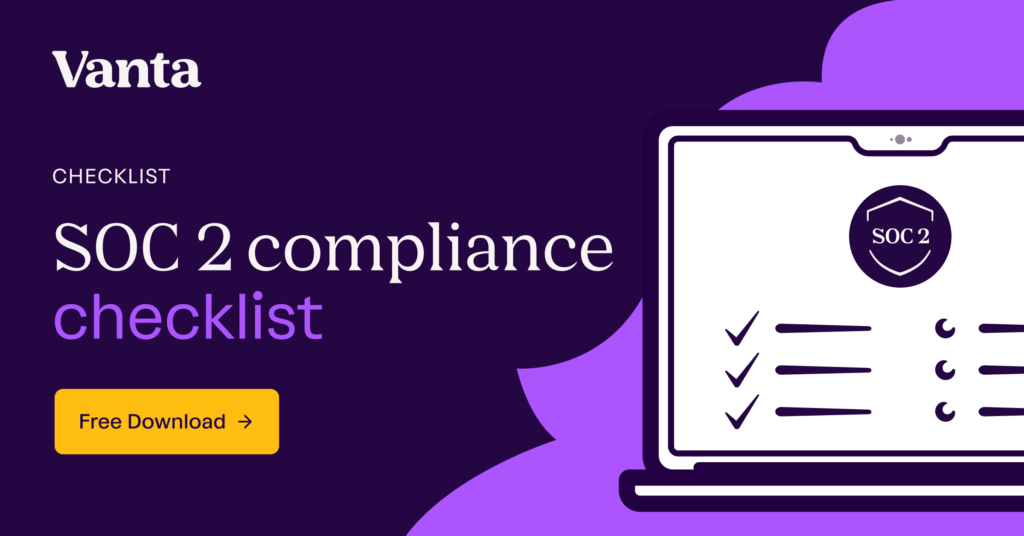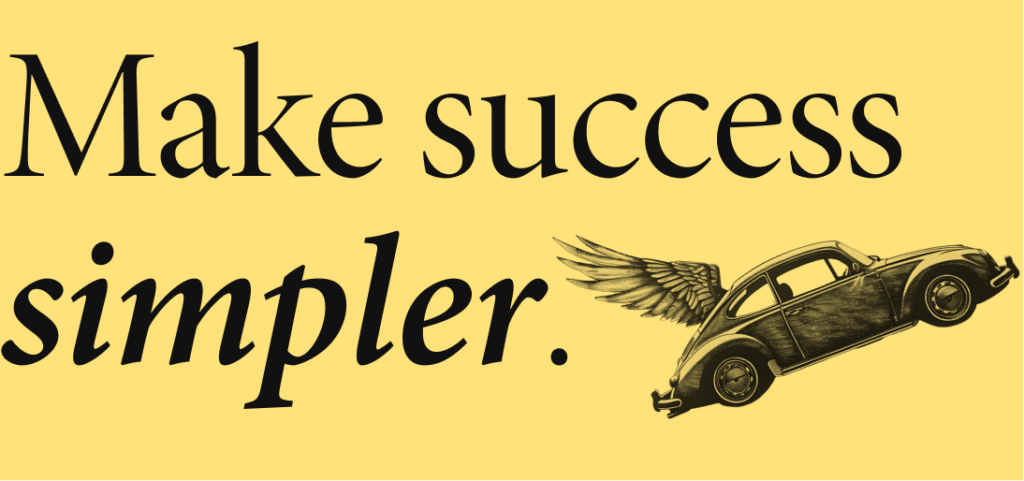Welcome to One Thing Better. Each week, the editor in chief of Entrepreneur magazine (that’s me) shares one way to achieve a breakthrough at work — and build a career or company you love.
Are you in CPG? I’m hosting a free session to boost your online sales — by breaking down what works (and doesn’t!) on your website. Register here.
Are you in compliance? Today’s edition is sponsored by Vanta — the all-in-one trust management platform. Details at the end of the newsletter.
Now, on with today’s newsletter…
You’re deciding whether to do something — but it feels scary and risky.
Now you’re hesitant and unsure.
Today, I’ll help you make the decision — by uncovering the most important factor that you’re not considering.
We often think about risk all wrong: We think that taking action is risky, and not taking action is safe. But that’s untrue. Once you see why, you’ll become a lot bolder.
To explain it, let’s start with someone who’s looking for a fresh start… and trying to escape a haunted past.
The job of a (second) lifetime.
I don’t usually get emails from former prison inmates — but I got one recently, and he was in a panic.
I’ll call him Steve. He’d stolen things, served time, and wants to turn his life around. Finding a job was hard, but he eventually landed freelance work for a big company. He threw himself into it — outworking everyone and getting noticed.
In fact, they just offered Steve a full-time job.
“Just fill these forms out,” Steve’s supervisor told him. “We’ll do a background check, and then let’s get to work.”
This is what sent Steve into a panic. He desperately wants this job, and getting it could transform his life — but this background check could blow up in his face.
“What should I do?” Steve emailed me to ask. “Should I tell my supervisor about my conviction?”
“I can’t tell you what to do,” I replied. “But I’ll give you some questions to ask yourself.”
Every decision has two costs
When we decide whether to do something, we’re really asking ourselves two questions:
- What’s the upside to doing this?
- What’s the downside to doing this?
These are fine things to explore, but the fundamental premise is flawed. That’s because you’re only asking yourself: “What happens if I do this thing?”
There’s something missing: What happens if you don’t do that thing?
This is what we often fail to consider. There are risks of action, but there are also risks of inaction. Every decision has a cost — either because of what we do, or what we do not do.
You cannot truly know the wisdom of a decision — and therefore decide whether to make that decision — until you explore the costs of not making the decision.
So that’s what I encouraged Steve to do.
How Steve weighed his risks
Let’s recap: The company is going to do a background check on Steve. So Steve is wondering: Should he tell his supervisor about his conviction?
This question carries a lot of weight. As soon as Steve speaks up, his secret is out — and what happens next is out of his control.
So I asked Steve to break down the risks — both of doing nothing, and of doing something.
If Steve does nothing: The company will run a background check. It will discover that Steve served prison time. Then the company executives will discuss this among themselves.
If Steve does something: Steve will talk to his manager before they run the background check. He will explain his crime, his punishment, and his efforts to move on.
Once we laid that out, I asked Steve: Which has the better potential outcome?
Both scenarios contain the same unavoidable truth: The company will find out about his conviction. The only difference is really how the company finds out.
In the first scenario, they find out on their own — and likely wonder why Steve didn’t tell them. Maybe they’ll think he tried to hide the truth.
In the second scenario, Steve has a chance to own his narrative. He can tell his story, humanize the situation, and display that he has nothing to hide.
The manager’s reaction is unpredictable, of course. Steve might get fired either way. But one scenario seemed to give Steve a better chance. The risk of inaction was greater than the risk of action.
After going through this exercise, Steve decided to be upfront about his past. He emailed me the night before the meeting. “Pray for me,” he wrote.
Risks are rewarded
The next day, Steve sent me an update: Things went great! Steve’s supervisor thanked him, said he was brave for being upfront about it, and promised that Steve would still get the job.
Because Steve took action, he now has the opportunity he wanted. He can restart his life.
This mode of thinking can be applied endlessly.
Are you unhappy with someone, but afraid to tell them because you’re unsure what will happen? Ask yourself: What are the risks of saying something (and prompting a hard conversation) versus the risks of not saying something (and the situation getting worse)?
Or let’s say you’re considering a career change. Ask yourself: What are the risks of taking that leap (into the unknown!) versus the risks of not doing it (and feeling stagnant and possibly resentful)?
We can move, or we can stand still. We can act, or we can stand by. But no matter what we do, we cannot escape risk. Every decision contains consequence. Every moment defines the next. And sometimes, the greatest risk comes from not doing the hard, scary thing…
Because sometimes, doing nothing just gets you nothing.
That’s how to do one thing better.
The all-in-one trust management platform

As a startup founder, finding product-market fit is your top priority. But landing bigger customers requires SOC 2 or ISO 27001 compliance—a time-consuming process that pulls you away from building and shipping.
That’s where Vanta comes in.
Join over 9,000 companies, including hundreds of Y Combinator-backed startups like Supabase, Newfront, and Fern who streamline compliance with Vanta’s automation and trusted network of security experts.
Start with the SOC 2 compliance checklist, which breaks down the process into clear steps—so you can spend less time on compliance and more time growing your business.
*sponsored
Final notes for today
P.S. Join me for free, and boost your website sales! I’m hosting a free session for CPG founders, and it’ll blow your mind: We’ll be breaking down websites live — looking at actual brand sites (including maybe yours!) and identifying what works, what doesn’t, and how to improve. Register here.
